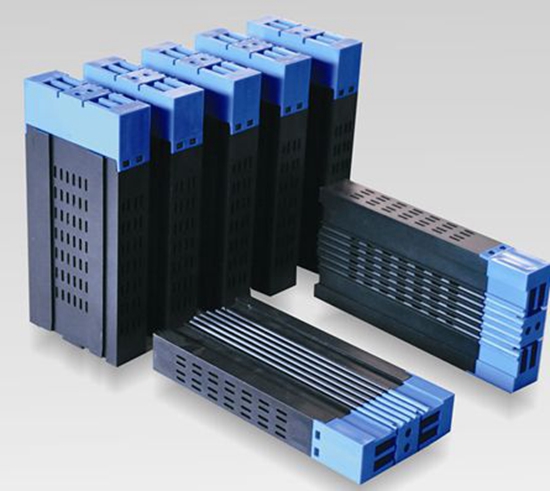- Home
- Products
- Elementary
- Boride Powder
- 3D Printing Powder
- Sulfide Powder
- Oxide Powder
- Carbide powder
- Nitride Powder
- Silicide Powder
- Hydride Powder
- Telluride Powder
- Selenide Powder
- Stearic Acid Series
- Phosphide Powder
- Nanoparticles
- Metal Alloy
- MAX Phase
- Lithium Battery Anode
- Surfactant
- Molecular sieves
- Concrete Admixtures
- News
- Answers
- Contact
- About
Answers
- 0
- 0
What is the lithium Intercalation Mechanism of Graphite?
If you are looking for high-quality products, please feel free to contact us and send an inquiry, email: brad@ihpa.net
Risk aversion plunged on the positive news of the Russia-Ukraine talks. After several days of rising oil prices, the price of precious metals continued to fall. Domestic futures markets remain stable for the time being.
Back in international markets, WTI crude futures briefly dipped below $100 a barrel, while Brent crude hit its lowest intraday level in nearly two weeks. Spot gold briefly fell below $1,900 an ounce. Comex gold futures closed down 1.1 percent at $1,918.4 an ounce. Comex silver futures closed down 1.14 percent at $24.91 an ounce. "Recently, crude oil prices have been extremely sensitive to changes in geopolitical news." Traders believe that the current oil price is still in the broad impact, Ukraine will still be a premium in the case, although the market further decline, but should not be too pessimistic, it is recommended to wait and see for the time being. The Ukrainian premium is still there and there will be some volatility in the Graphite market.
Graphite has good conductivity, high crystallinity, and a well-layered structure. It is very suitable for repeated intercalation and deintercalation of lithium ions. It is currently the most widely used and most mature negative electrode material. After lithium ions are intercalated between the graphite layers, a lithium intercalation compound LixC6 (0≤x≤1) is formed, and the theoretical capacity can reach 372mAh/g (x=1). The reaction formula is: xLi++6C+xe-→LixC6
Lithium-ion intercalation changes the stacking mode between graphite layers from ABAB to AAAA.

Graphite modification treatment
Since the graphite interlayer spacing (d≤0.34nm) is smaller than the crystal plane interlayer spacing (0.37nm) of the graphite lithium intercalation compound LixC6, the graphite layer spacing changes during the charging and discharging process, which is easy to cause the graphite layer to peel off, pulverize, and also occur. Lithium ions and organic solvent molecules co-intercalate into the graphite layer, and the organic solvent decomposes, affecting the battery cycle performance.
Through graphite modification, such as oxidation on the surface of graphite and coating of polymer pyrolytic carbon, composite graphite with a core-shell structure can be formed, improving the charge and discharge performance of graphite and increasing the specific capacity.
Other anode materials
At present, graphite is the mainstream commercial lithium battery negative electrode material. Its theoretical gram capacity is 372mAh/g. The graphite negative electrode material with better performance on the market can reach 360mAh/g, and the gram capacity gradually tends to the limit value. Although graphite as a negative electrode material has disadvantages such as low gram capacity and cycle deviation, because of the high-cost performance of graphite-based negative electrode materials, it will not be replaced by new materials immediately. The specific reasons are as follows:
1. The new anode material technology is immature, and it will take a long time for performance improvement;
2. The price of new anode materials is higher, and the price advantage of graphite anodes is obvious;
3. The negative electrode material needs to be used in combination with the positive electrode material, electrolyte, etc., and the specific capacity of the current positive electrode material is generally low.
High-quality graphite supplier
Luoyang Moon & Star New Energy Technology Co., LTD, founded on October 17, 2008, is a high-tech enterprise committed to developing, producing, processing, selling, and technical services of lithium-ion battery anode materials. After more than 10 years of development, the company has gradually developed into a diversified product structure with natural graphite, artificial graphite, composite graphite, intermediate phase, and other negative materials (silicon-carbon materials, etc.). The products are widely used in high-end lithium-ion digital power and energy storage batteries. If you are looking for Lithium battery anode material, click on the needed products and send us an inquiry:sales@graphite-corp.com
The negative electrode material is the carrier of lithium ions and electrons during the charging process of the battery and plays the role of energy storage and release. In the battery cost, the negative electrode material accounts for about 5%-15%, which is one of the important raw materials for lithium-ion batteries. The global sales of lithium battery anode materials are about 100,000 tons, mainly in China and Japan. According to the current growth trend of new energy vehicles, the demand for anode materials will also show a state of continuous growth. At present, the global lithium battery anode materials are still dominated by natural/artificial graphite, and new anode materials such as mesh carbon microspheres (MCMB), lithium titanate, silicon-based anodes, HC/SC, and metal lithium are also growing rapidly.
Our company provides anode materials and Graphite. If you need to know more anode materials and Graphite, please feel free to contact us.
Inquiry us